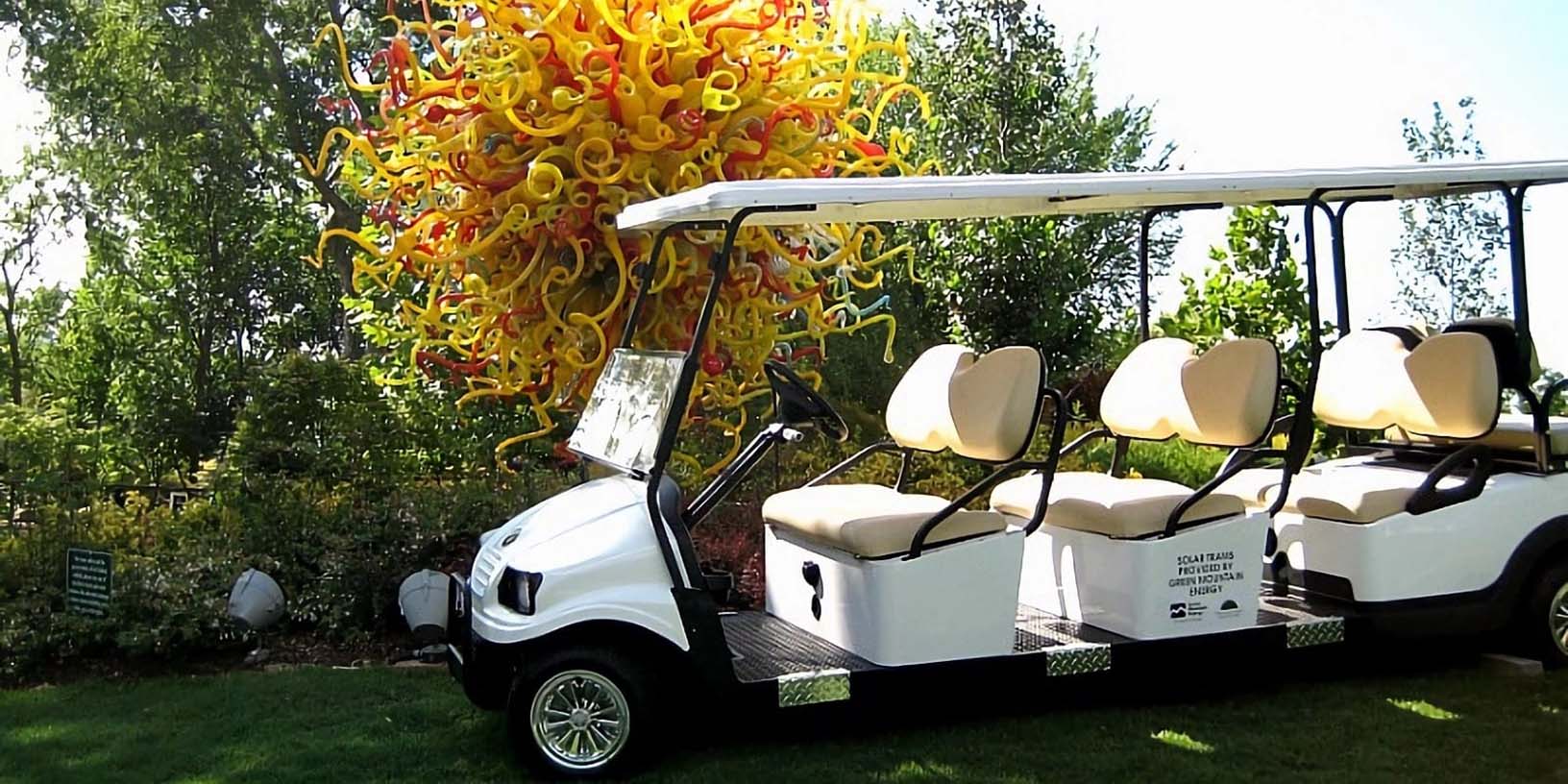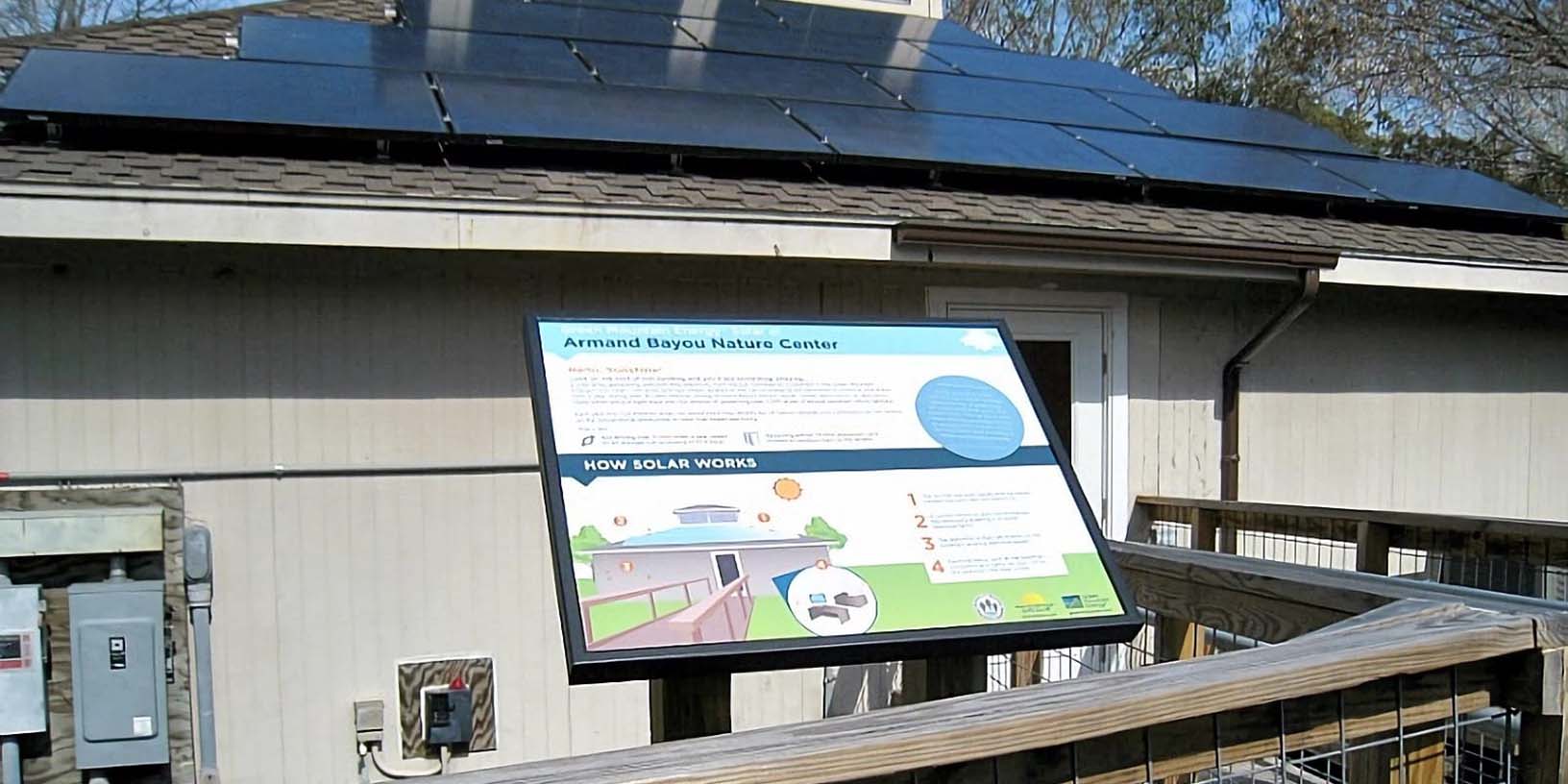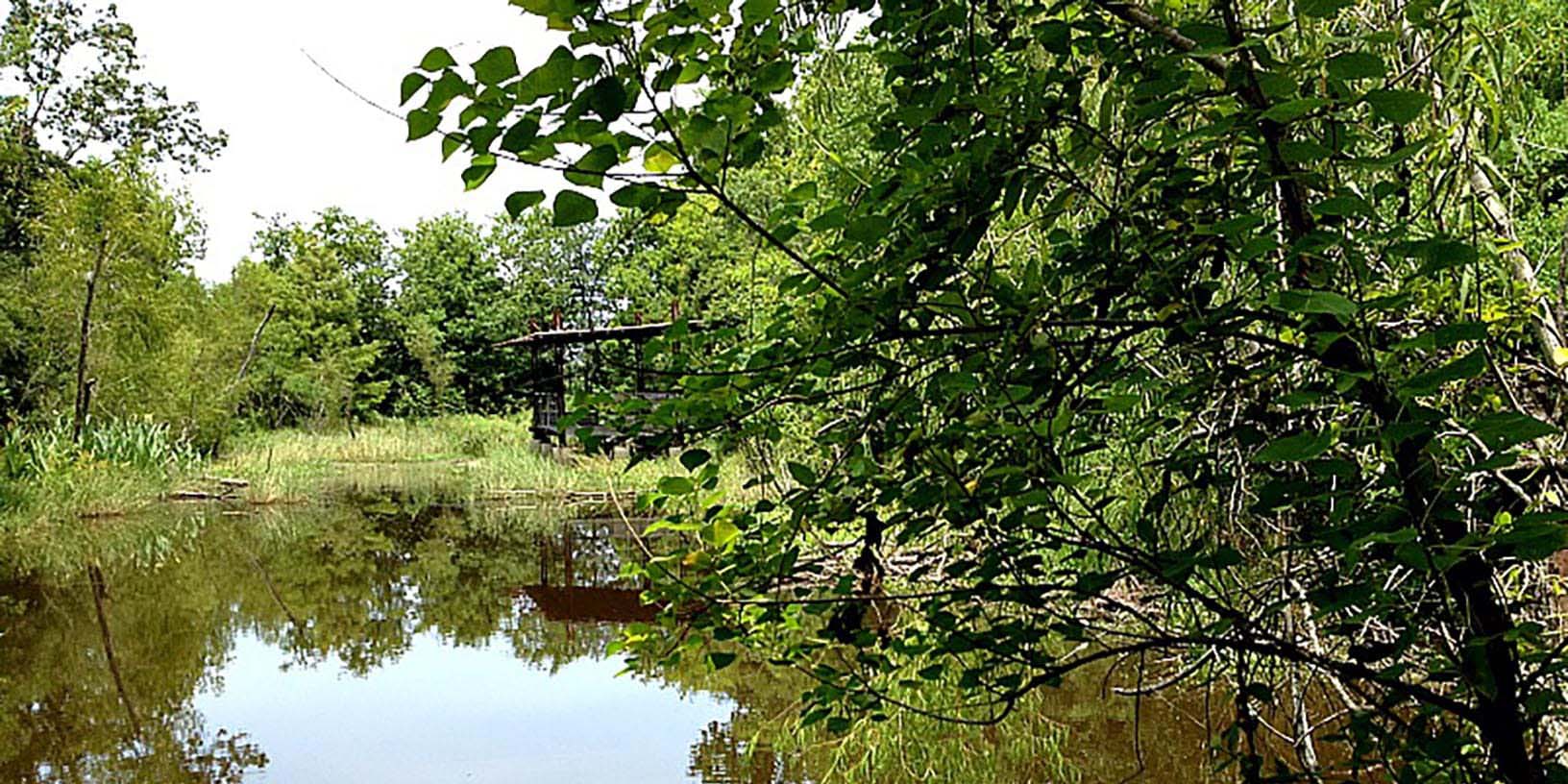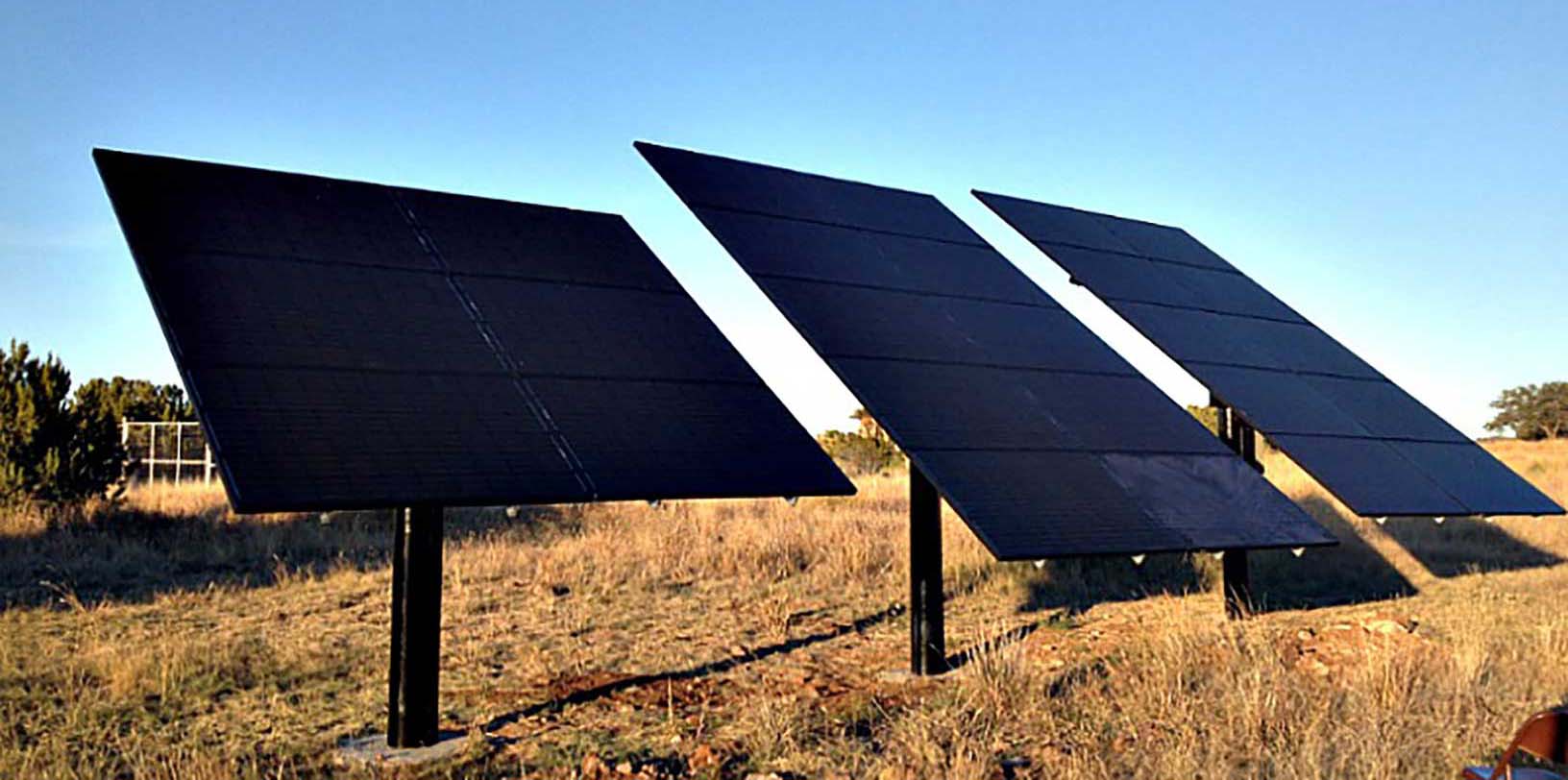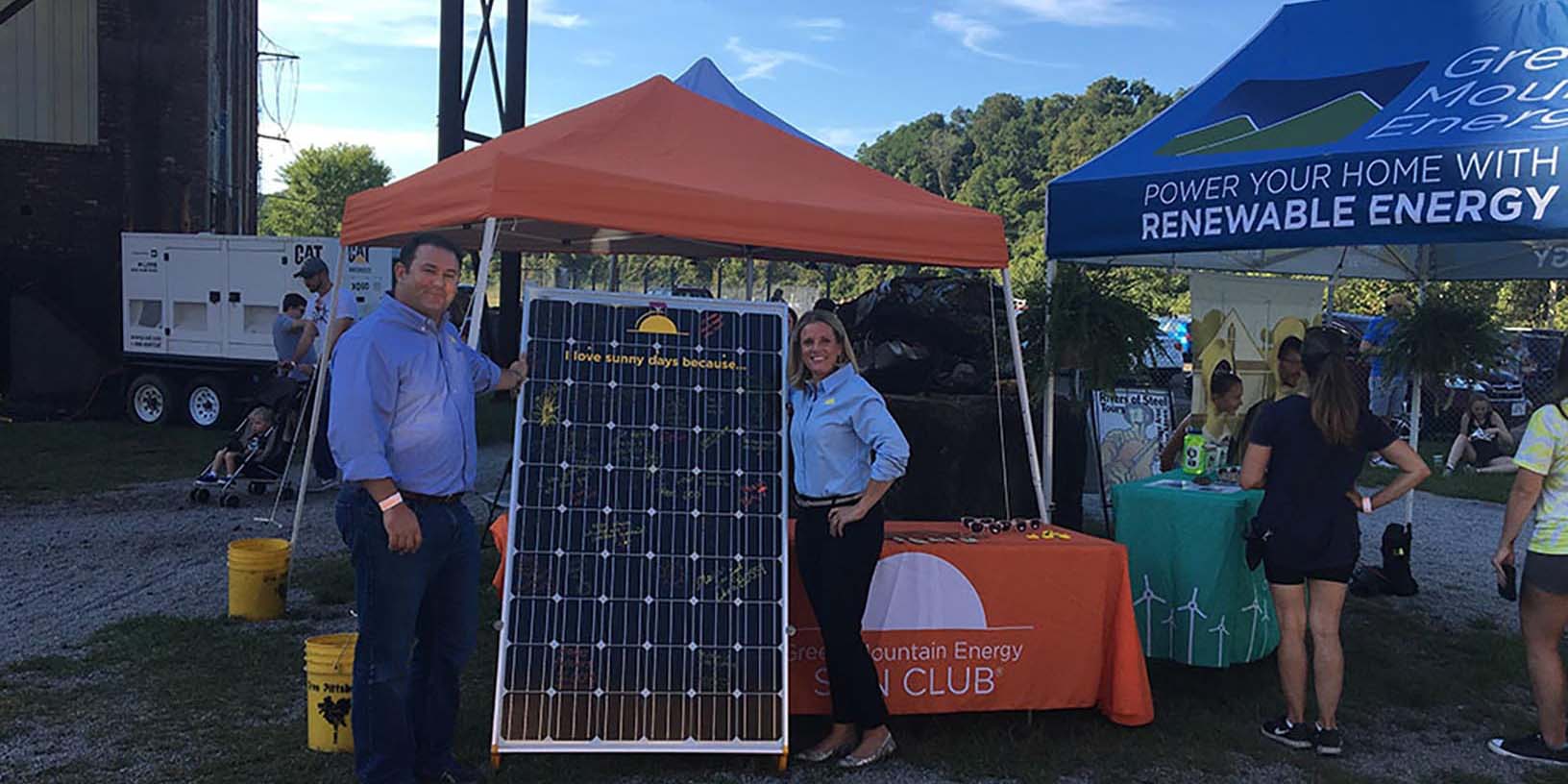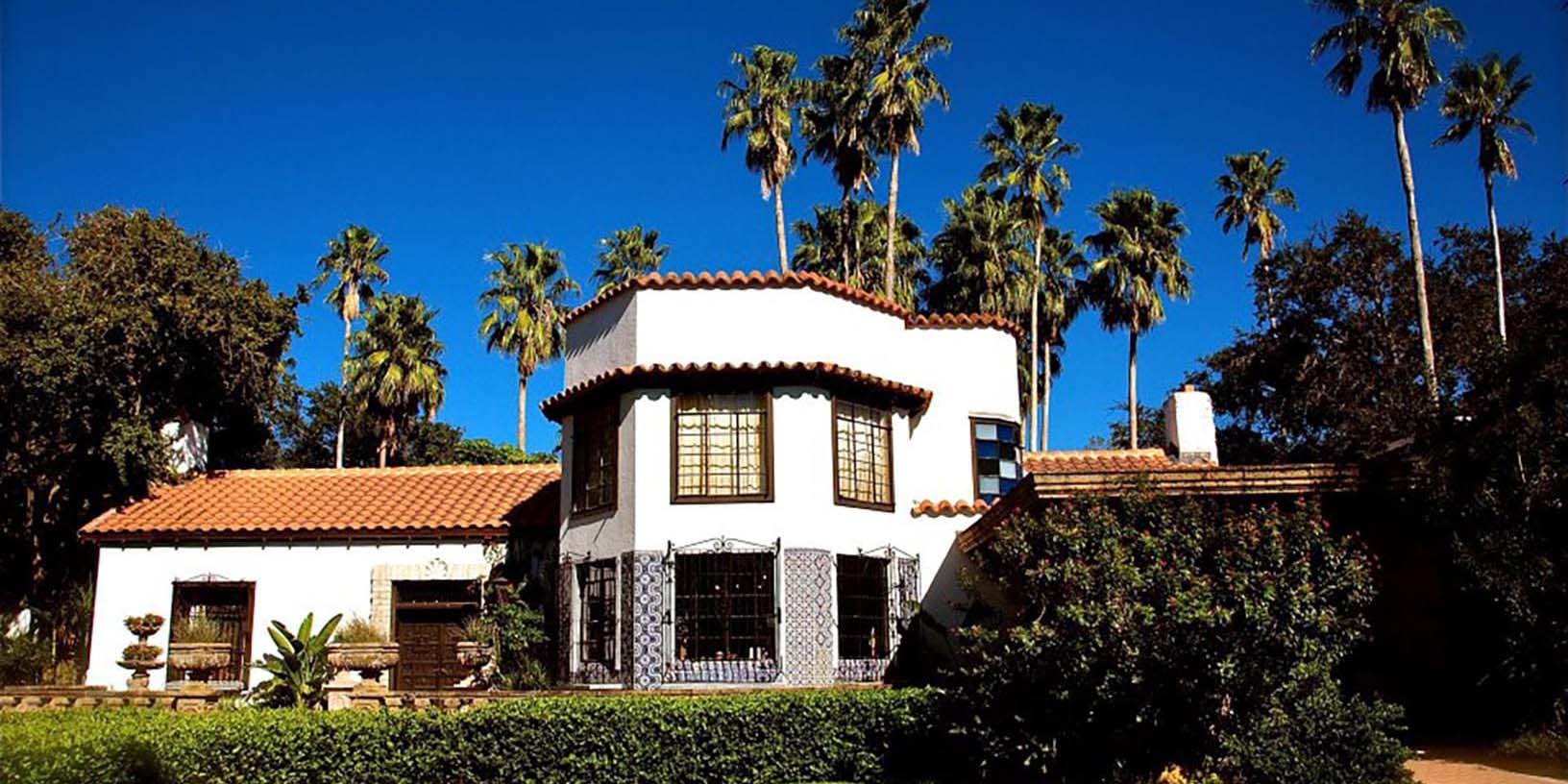A Green Mountain Energy® Sun Club Project
Western Pennsylvania Conservancy
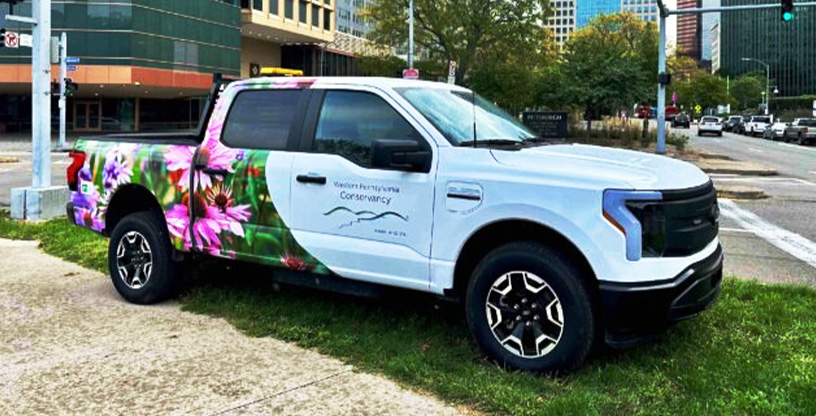
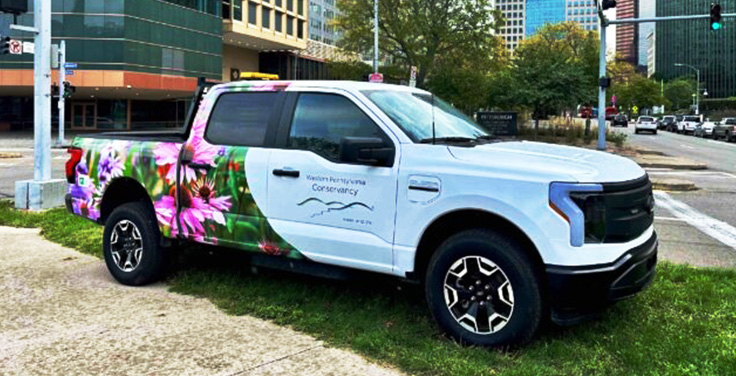
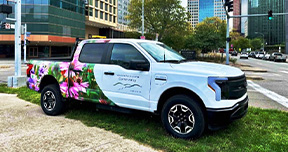
Category
Nature Conservation
Location
Pittsburgh, PA
Dedication Date
October 16, 2024
Donation Type
Electric vehicles
Claim to Fame
Over 21 tons of CO2 is avoided annually by switching to EV trucks used to maintain the region’s ecological beauty.
Project Overview
The founders of what would be renamed the Western Pennsylvania Conservancy (WPC) in 1951 initially created The Greater Pittsburgh Parks Association in the early 1930s. Their goal was to alleviate widespread unemployment through public works programs that would create a positive impact on the region’s natural resources. Today, the Conservancy works to conserve Pennsylvania’s most ecologically significant land and water resources for the benefit of the region’s residents, including the preservation of Frank Lloyd Wright’s Fallingwater, an example of man living in harmony with nature.
Maintenance and support for 130 flower gardens, 40 vegetable gardens, and greenspaces at nearly 80 schools and childhood learning centers take place annually, with an additional 40,000 trees planted in the last 12 years. Approximately 60% of this community work takes place in environmental justice areas within Pittsburgh, Erie and as far away as State College.
Two Ford F-150 Lightning electric vehicles were purchased through a $150,000 sustainability grant and used to phase out 4 gas-powered trucks to reduce the Conservancy’s carbon footprint. The switch to electric vehicles is expected to save nearly $8,000 in fuel and maintenance costs annually that can be reinvested into the community.
Project Date: October 16, 2024
Organization Type: Nature Center Renewable Energy Grant Green Mountain Energy
Our customers have avoided
pounds of CO2
That’s like planting
new trees.
